Ex-Nike designer brings cutting-edge vibe to Ford
Kristen Keenan returns to Detroit, leaves mark on Maverick and Mustang
Kristen Ray Keenan will always remember a request by L.A. Lakers superstar Kobe Bryant to the Nike shoe design team after he tore his Achilles tendon in 2013.
“I cannot wrap my head around it, years later,” she told me this month. “I got an email. I saw it at, like, 3 in the morning. And our marketing and design team had been meeting with Kobe, who had recently had surgery on his Achilles. We were working on the Kobe IX at the time, which was a fly-knit shoe with super cool technology, where the entire upper of the shoe is knit in one piece with no waste.”
Keenan, then a Nike materials designer, said, “He was having a very tough time after going through the surgery and it was really affecting him so much in his life that he made a request that we look at his actual stitches on his body and recreate them onto the back of the shoe in the exact same position that they were on his body. He wanted them to be red. For the team home colors, away colors, every colorway, he wanted the red stitches. And I thought that was so brave."
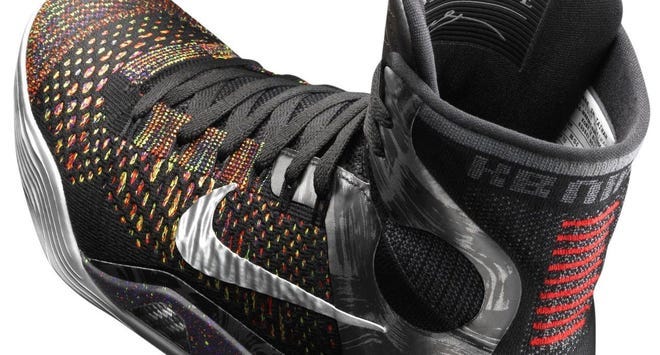
From jump shots to drifting
A 44-year-old color and materials designer from Dearborn, Keenan went from focusing on steering wheel stitching for the Ford Mustang at Ford Motor Co., to stitching on NBA performance basketball shoes at Nike in Beaverton, Oregon, Now she’s back at Ford, where she styled special editions of the Bronco Sport, Mustang and the new 2025 Maverick pickup and Maverick Lobo street truck.
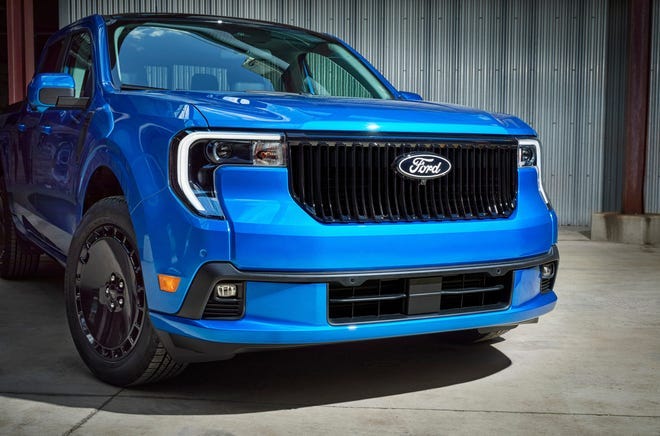
She put together the specs on interior and exterior components, from the grille finish and fender vent to the color, texture and gloss. Pairing the Velocity Blue exterior color with Carbonized Gray and a gloss black to achieve a street feel? Genius, she said.
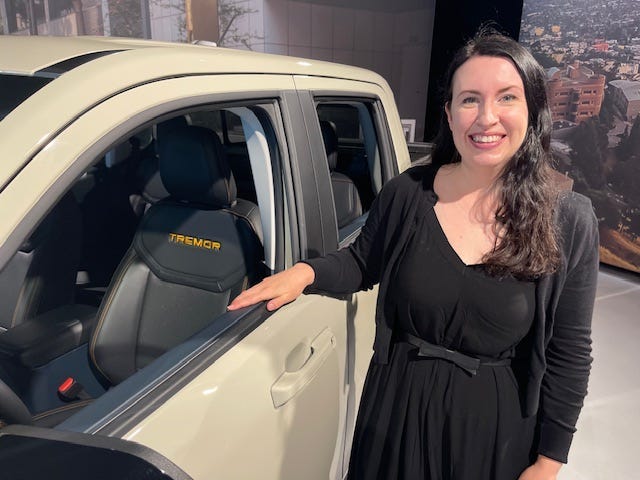
“In architecture, they call it ‘way finding,’ where they use graphics and color to help guide people through a building,” Keenan said after a Maverick press briefing.
“We do the same thing in automotive with color and materials design. So it’s like your eye is drawn to the touchpoint that you’re going to need to be guided in order to change the direction of the vents, where you’re going to exit the vehicle,” she said. “Color doubles as an accent and informs where your hands needs to go.”
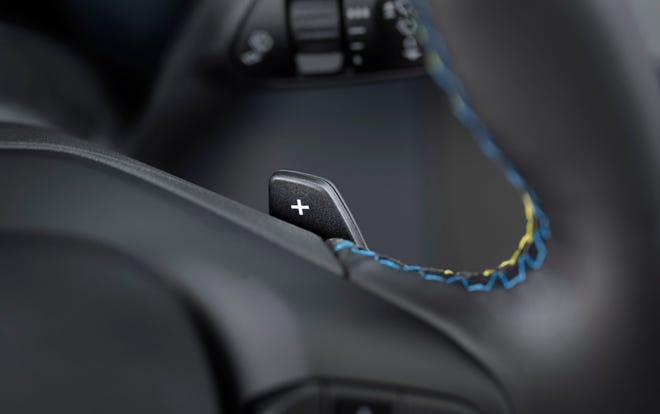
Coming home meant being closer to family. The Nike job was amazing, she said. But she missed Detroit. Her mother Betty Ray had worked at Ford, and her mint green iridescent Mustang triggered a curiosity and love of the pony car in the little girl who enjoyed sewing and playing with Barbies.
That emotional connection set the stage for how Keenan’s mind works now.
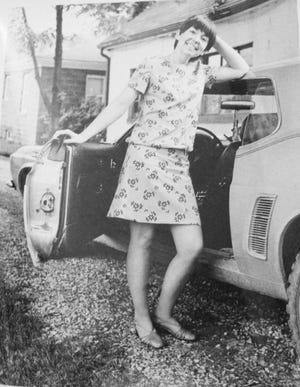
“I use color and materials to create combinations that emotionally speak to the target product, whether on the basketball court or a performance vehicle. You have to figure out what makes that person tick and how to create something that speaks to them.”
Color is more than just a box of Crayola crayons
When working, Keenan wears black to avoid reflection of anything that could affect her understanding of real color.
“Color has so many factors. You have the hue of the color, which is going to make it blue or green or red. You have the saturation of the color, which is going to be how intense the color is. Another way to think of that is if it’s de-saturated, it’s like a grayer version of the color. Then you have the value of the color, which is the lightness and the darkness. When we’re color matching, we have to separate those three things. It may be the correct hue but it’s too dark and it’s not saturated enough.”
Designers look at colors and try to determine brightness and the ratio of color and where they’re used. Every. Single. Detail.
‘They need to be able to fly’
At Nike, Keenan focused on materials only and worked with color, product and graphic designers.
“My materials had to make sure nobody was getting injured, that the feet were protected, that they weren't going to fail them when they were doing a dunk and coming down,” she said.
“We used a lot of fabric mesh because we needed breathability, and it’s lightweight. Fabric weight was a huge consideration at Nike. We had to weigh every sample and had targets. These athletes are giant and heavy and strong and they need to be able to fly. It was really intense.”
Nike was different than Ford because designers catered to athletes, not consumers directly. But, in the end, consumers wanted to buy the products made for Kobe Bryant, LeBron James and Kevin Durant.
“We worked closely with them to make sure they were reflected in the shoe,” Keenan said.

She won an Industrial Designers Society of America award for the Kobe IX shoe.
“I just saw that they’re re-releasing it,” Keenan said.
Note: The Sneaker Bar in Detroit lists the Nike Kobe 9 Elite High Protro “Halo” for $240. Nike posts on its website that they’re sold out.
“As a tribute to Kobe's everlasting impact on and off the court, the Halo series launches every year on his birthday—August 23rd. Mamba Forever,” Nike said. “The Kobe 9 Elite Protro ‘Halo’ is a symbol of Kobe’s dedication to always getting better — and it’s our challenge to hoopers to push your game to new levels.”
This is about touch, feel, mood
Whether in a shoe or a vehicle, texture and patterns matter.
“You either have a texture that maybe is just something smooth like you’d see in a Lincoln or even a Lariat, a texture that is subtle and luxurious and doesn’t show any expression,” Keenan said. “Or you might have a texture that does have a pattern but it’s only that. I wanted to layer. At Nike, I got to layer different textures. In the Lobo interior, I had the seat inserts embossed with the graffiti-inspired print layered on top, then accent stitching to finish the look. Layering isn’t something typically seen in the automotive space.”
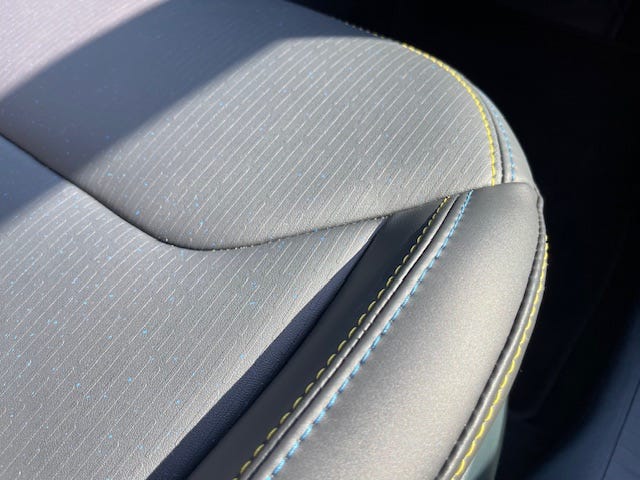
Getting Keenan to go from Nike to Ford is a huge coup for Ford, said Maeva Ribas, director of design, research and strategy at The CARLAB consulting firm in Southern California.
“Car design is not like fashion or consumer electronics. We don't get to design a brand new interior or exterior every year,” Ribas said.
Designers must create an interior that is at least 10 years ahead of its time and stay relevant for the consumer who is going to interact with it pretty much every day, Ribas said.
“It has to be visually appealing, comfortable, and durable. Whether you’re sitting on it or touching certain surfaces, the designer has to think about it all, while staying on brand, too," Ribas said. “It’s never color only. You have to ask yourself how consumers will interact with it all. What does the interior need to communicate for those buyers in those segments for those duty cycles? Designers have to think about it the same way engineers would.”

Too often, women in color and materials are overlooked and underestimated, Ribas said. “Nike is state of the art for innovation when it comes to materials and design process, and now Keenan is bringing that into an automaker? Splendid.”
Singer Jack White impacts design
When looking back over her eclectic career, Keenan credits Grammy-winning Detroit native Jack White and his garage rock band the White Stripes for inspiration and creativity.
“He's been super innovative with the vinyl industry, the actual physical records,” Keenan said. “He's almost like a Willy Wonka of the record industry. He actually is a huge color person … The White Stripes literally were so color coordinated — on stage, their album covers. They were all red and white. When he went solo, it was all blue, black and white. His record company, Third Man Records, uses yellow with black and white. He’s very mindful of color.”
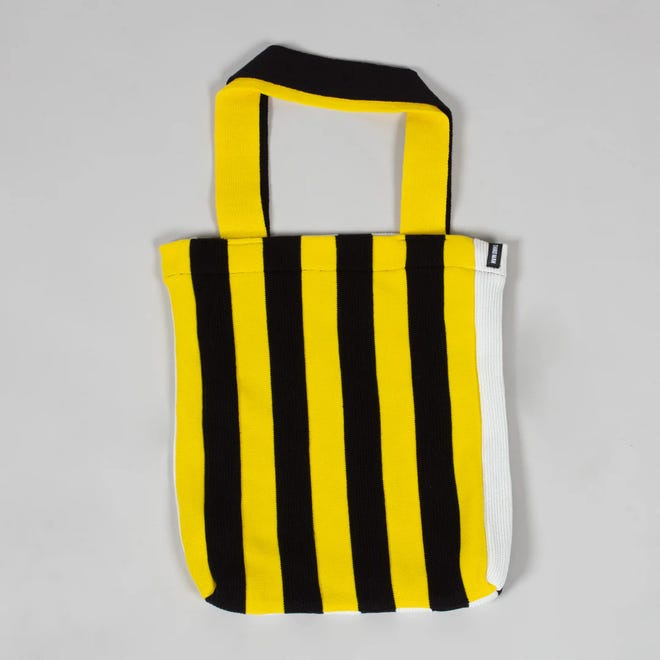
Even his record store on Canfield in Detroit features yellow Pewabic pottery tiles, commissioned for the site, Keenan said.
Jack White is someone that the creative community follows with interest “from a materials and color standpoint,” she said. “He was an upholsterer apprentice before he started the White Stripes, and one of the benches he upholstered is in Third Man Records in the hallway.”
Thanks, Mom
After leaving Nike and before returning to Ford in 2019, Keenan collaborated with designers from Detroit and Rotterdam, Netherlands, to create an installation design piece in April 2018 to exhibit during Milan Design Week.
The theme focused on strangers connecting. She layered different colors with mesh fabric that allowed observers to see only light and shadow, creating sensory experiences for visitors as they went in and out of different entrances. They could hear each other, and touch each other, but not see each other.
“There were designers from all over the world making connections,” Keenan said. “It was really an incredible experience.”
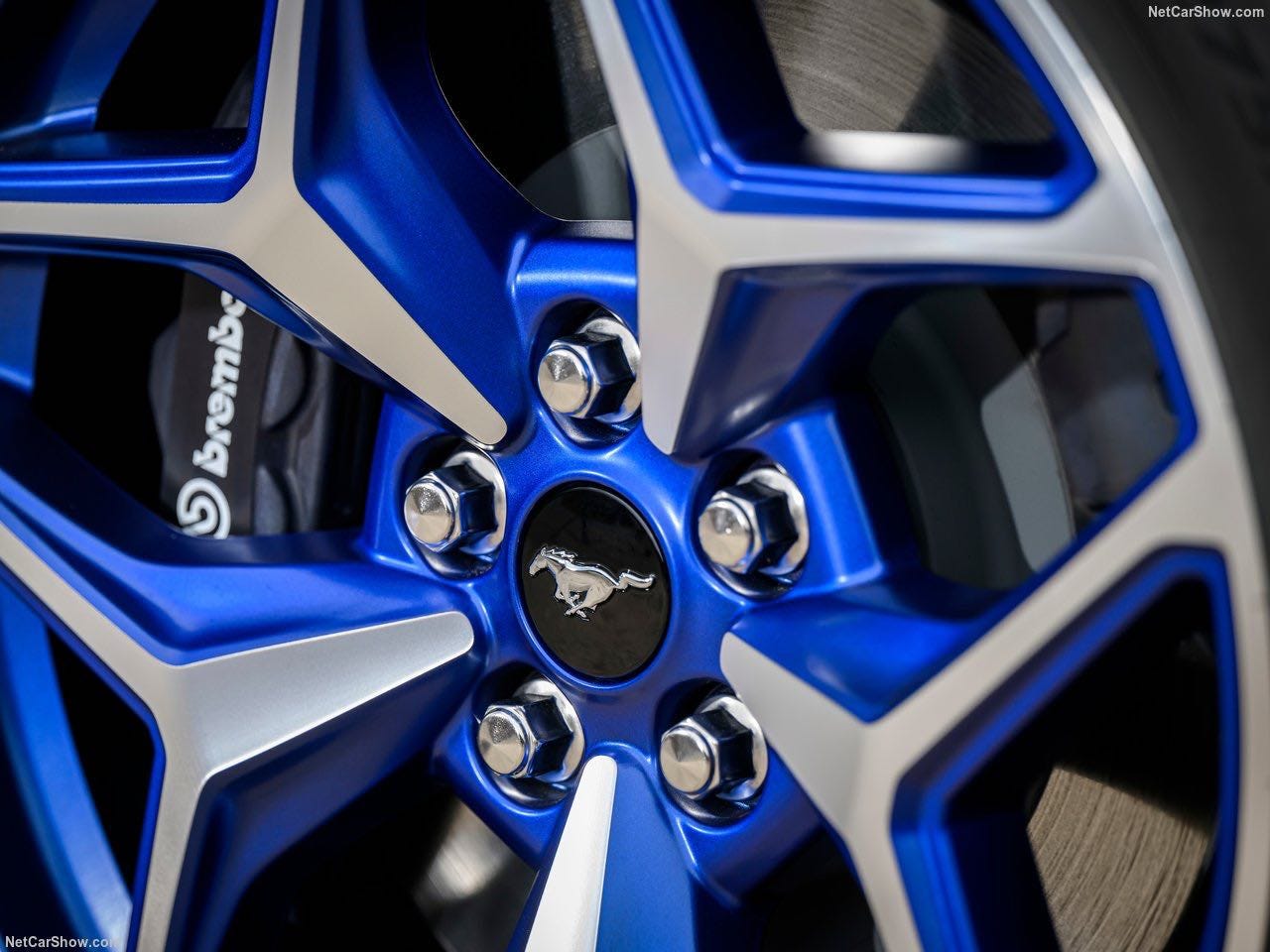
Betty Ray is amazed by the diversity and success of her daughter’s projects.
“I’m very proud of her,” she said.
When passion is a contagion
Steve Gilmore, chief designer for Ford vehicle personalization, said Keenan’s blend of creativity and expertise elevates the projects.
“Her education in fashion design from the Fashion Institute of Technology in New York has given her a strong background in aesthetics and innovation, which she applies to automotive design. This training allowed her to integrate fashion-forward elements that are on-trend from Day One at Ford,” Gilmore said.
“Kristen’s enthusiasm for her work is contagious,” Gilmore said. “Her approach to design … inspires and elevates our team. Kristen Keenan’s impact is felt not just in the vehicles we produce, but in the very culture of our design team, where her energetic attitude and commitment to innovation foster an environment of creativity and collaboration.”




A simply amazing story of human creativity and collaboration. Brilliantly written.
What a fascinating story about cars, Nikes, color and design!